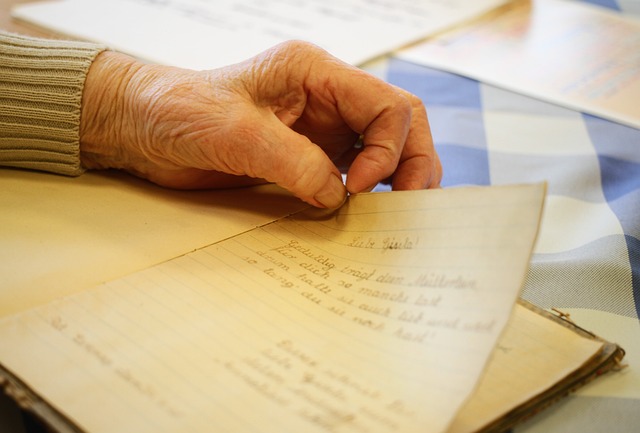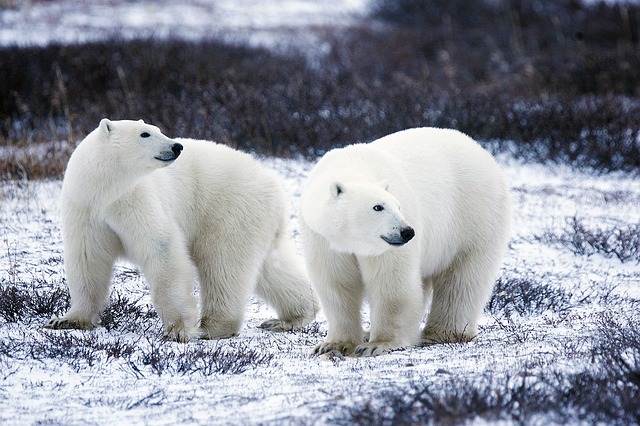In a previous post I discussed the transformative power of poetry. In that post, I drew on Kim Rosen’s book, Saved by a Poem: The Transformative Power of Words, to illustrate personal transformations that have occurred through poetry, including that of the author and Maya Angelou. Poetry has a special power to transcend our analytical mind and capture our deeper inner landscape. It has a unique capacity to move people out of darkness into light, out of depression into contentment, out of loneliness into connection. In a section of her book, The Anatomy of A Poem (Chapter 5), Kim explains the elements of a poem that generate this transformative power. She links her discussion of the poetic elements to their psychophysical impact on an individual, while acknowledging that each person reacts to a poem differently and may change their reaction over time – rejection can turn into admiration.
The anatomy of a poem
In discussing the elements of a poem that may contribute to personal transformation, Kim identifies four aspects that can influence our reaction – (1) breath, (2) drumbeat, (3) song, and (4) image. These are discussed below to offer a sense of what they may look like and feel like:
- Breath – our breathing can be impacted by the pattern and pace developed in a poem through rhythm, line length and phrasing. Rhythm, for example, can create calmness or a sense of urgency. Line length can be slow and ponderous or fast and staccato-like. Phrasing can be regular or irregular with disruption to an established pattern by short statements or punctuation. Surprise and challenge can change breathing patterns because they can pull us up from our habituated behaviours.
- Drumbeat – the sense of a drum beating can flow from accentuated syllables followed by softer syllables or broken with pauses. The rhythm of a poem can create a sound experience similar to that of a drumbeat.
- Song – a sense of singing can be generated through repetition, rhyme, or rhythm or alliteration as in the repeated “r’s” in this sentence. Words themselves can conjure sounds and their own sound can be a reminder of a song or singing. Resonance in a poem has a unique quality that can reverberate in the listener’s mind and body. Kim also maintains that “rhythm creates entrainment” and entrainment, in turn, “creates passion and movement” – the whole person synchronizes with the poem’s rhythm.
- Image – can be created by word-pictures, metaphor, exploring ambiguity or opposites, and challenging linearity or expectations. Kim argues that “the body feels the images” – images that create sensations arising from both left-brain and right-brain activation.
While each component of an element (such as repetition, rhyme, or metaphor) can create an effect, it’s the unique combination of elements in a poem that can generate a transformational impact. In a New Dimensions Radio podcast, Kim discusses her concept of the “anatomy of a poem” and describes poetry, in all its many forms, as medicine for the soul.
Reflection: A poem about tennis
My poem below was inspired by Kim’s discussion of the “anatomy of a poem”. In writing the poem I was conscious of the transformative elements that Kim describes. I did not actively try to incorporate all the elements but became aware as I wrote how Kim’s discussion and illustrations were influencing the shape of my poem, For the Love of Tennis:
For the Love of Tennis
I’m grateful to play tennis again
The slice, the serve, the stroke, the sound.
A different goal
Not to win every point
To play with appreciation
And create surprise.
I’m grateful I can run, bend, stretch and strain
So much I’ve taken for granted.
No longer annoyed at my mistakes
Gratitude that I have the chance to make them.
There are many components of the elements that Kim describes incorporated in my poem. What immediately comes to mind is the alliteration achieved through the number of “s” letters/sounds present – slice, serve, stroke, sound, surprise, stretch, strain. The word “sound” has its own resonance and each type of tennis stroke (e.g. slice or serve) conjures up a different sound. The “strokes” together with “run, bend, stretch and strain” evoke images and conjure up a sense of movement.
There are components of challenge as well as surprise in the poem. There are challenges to expectations (to play to win; being grateful for the chance to make mistakes) along with “surprise” that is reinforced by the word itself. The goal of surprise arose from my need to change my own expectations of what I am able to achieve on a tennis court in my late 70’s. To this day I am able to create shots that surprise my partners and/or opponents (e.g., a backhand, half-volley drop shot; a topspin lob from corner to corner; an unplayable backhand slice; or a half-volley, backhand lob) – so this element of surprise is an achievable goal for me (since I have lost a lot of my strength, speed of reflexes and movement around the court). Surprise, too, is present in the sudden change in line length and equally sudden return to a longer line – eliciting the sense of a “drumbeat”.
Permeating the poem is a strong sense of gratitude – that I am able to play tennis again (after a period of rehabilitation); that I have access to a tennis court, social tennis partners and the equipment and funds to play; that I have been coached, had practice partners and played numerous games of tennis with different players; that I can move (run, bend, stretch and strain); that I can play many different tennis shots and associated spins; that I have played tennis on different surfaces and on overseas courts in France, Port Moresby, England and New Zealand. Finally, there is the personal challenge not to take these things for granted.
Tennis to me, like writing poetry, is one of the many ways to grow in mindfulness. Through tennis, I develop my powers of concentration and my gratitude, creativity, resilience and resourcefulness. I also become more able to “be-in-the-moment”.
_______________________________________
Image by Carola68 Die Welt ist bunt…… from Pixabay
By Ron Passfield – Copyright (Creative Commons license, Attribution–Non Commercial–No Derivatives)
Disclosure: If you purchase a product through this site, I may earn a commission which will help to pay for the site and the resources to support the blog.









